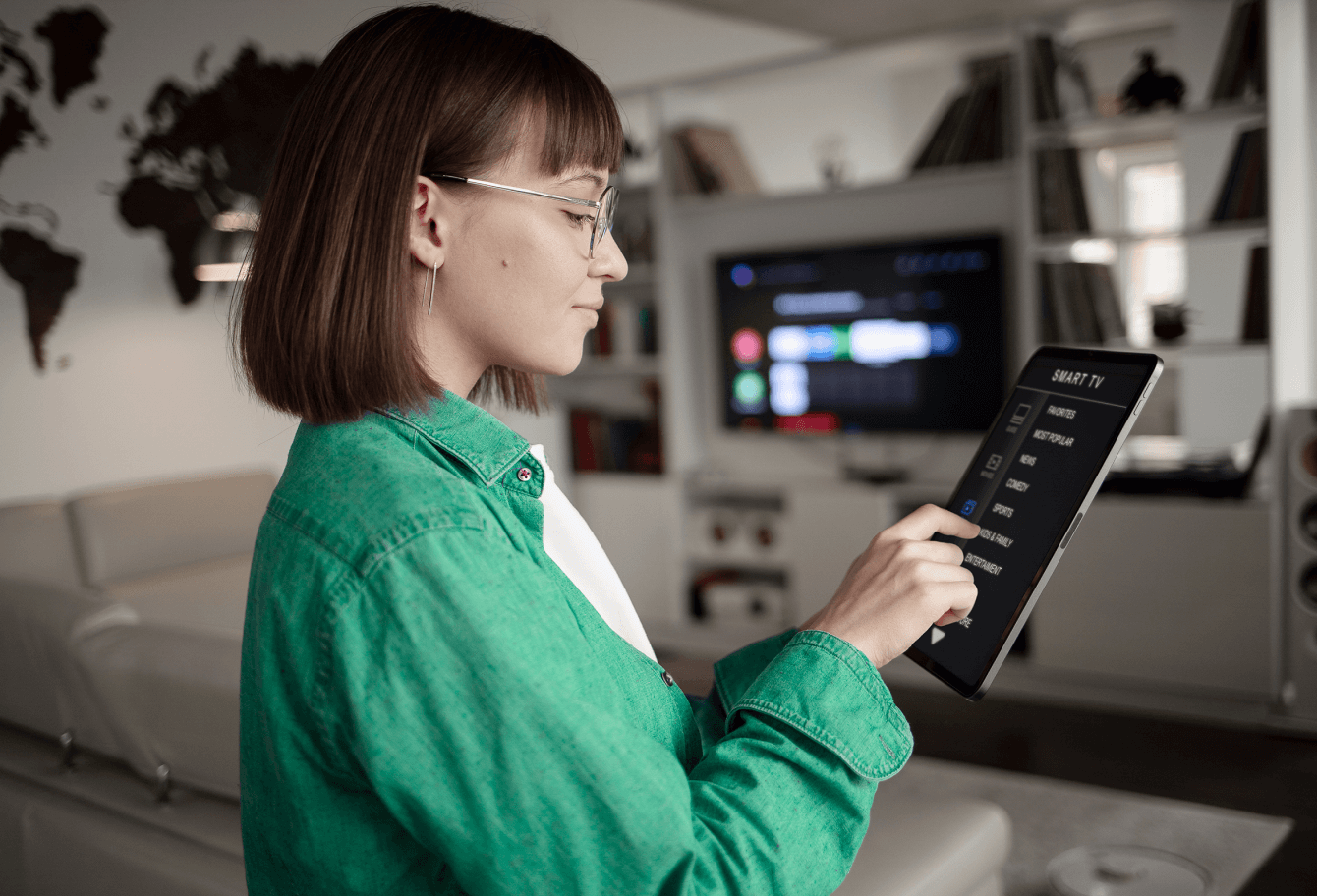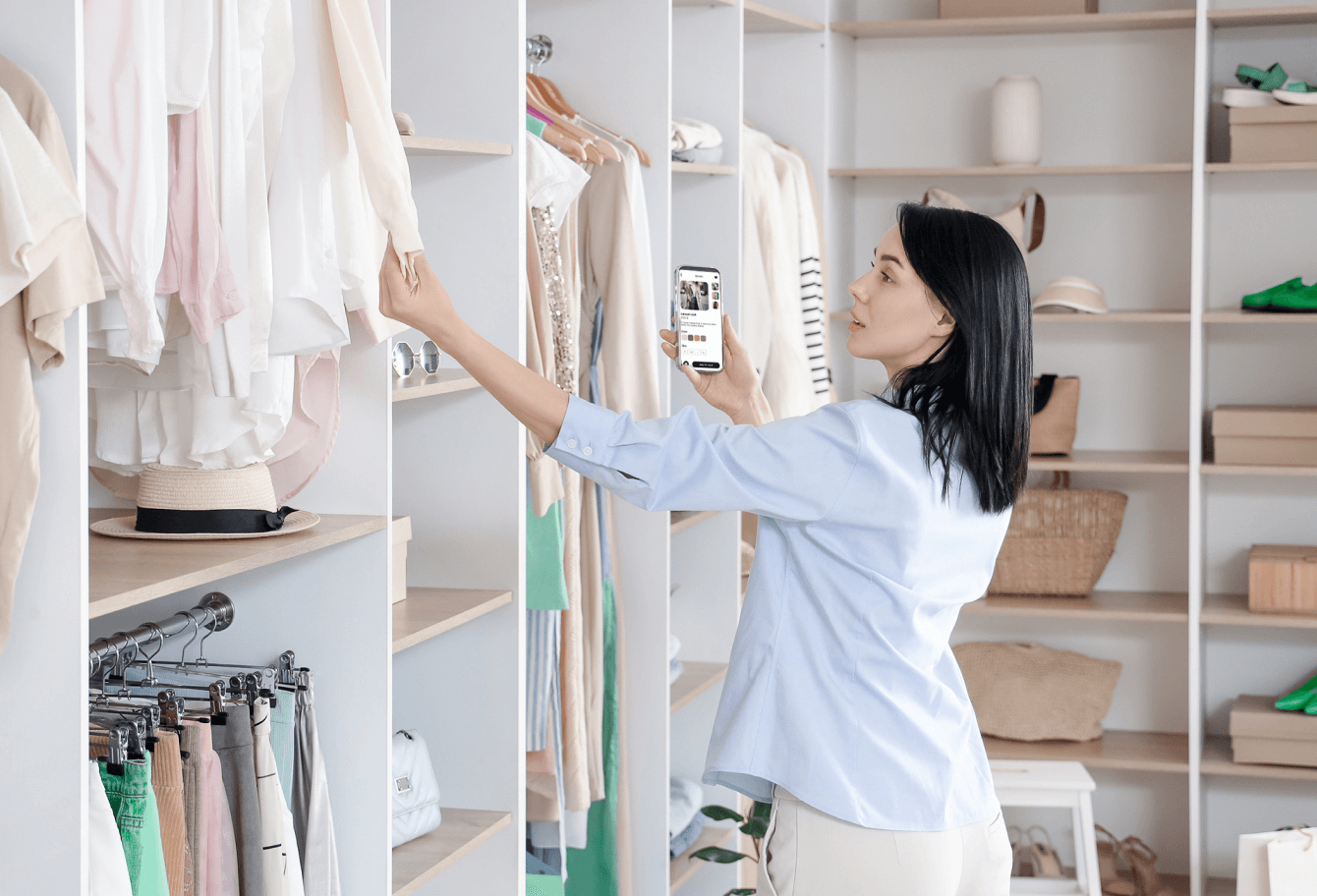Even today, some remain in lockdown as others endure months of strict limitations as the crisis continues to persist. No matter when the pandemic subsides, it’s safe to say that returning to “normal” won’t happen overnight.
The New Consumer Behaviour Paradigm
Many typical consumer behaviour patterns have been significantly disrupted due to public measures, with the novel coronavirus dictating necessary changes to daily habits and consumption. According to McKinsey, about 60% of global consumers have adopted new shopping behaviours throughout the COVID-19 pandemic, with nearly 70% planning to continue following their new purchasing habits as soon as the public health crisis subsides.
Here are some of the most significant changes to consumer behaviour brought forth by COVID-19:
1. Home delivery and online shopping
The COVID-19 pandemic has been the first economic crisis in modern history that required consumers to stay at home for extended periods of time. Left without the opportunity to explore physical retail channels, consumers were forced to adopt new and safe methods of purchasing products quickly. As a result, online shopping and home delivery options have experienced significant growth.
2. Decreased consumption
According to McKinsey, total U.S. consumption has fallen 15%, and forecasts suggest that levels will not recover until 2023. To account for such a significant decline, retailers are starting to reformat their operations with an increased focus on e-commerce, delivery, self-service, and click and collect.
3. Increased demand for household products
During the time in lockdown, the act of cooking at home became a necessary practice. Home cooking has since evolved into an everyday habit, even in locations where quarantine measures have been lifted or significantly reduced. For families, the weekly average check spent on groceries has continued to grow, and as consumers continue to spend more time at home, demand for household goods should be expected to rise.
4. De-globalisation
International border closures demonstrated just how interdependent the world has become, as well as the consequences of what a significant disruption to the traditional order looks like. Throughout the quarantine period, retailers faced significant supply chain challenges, resulting in revised supply chain operations that partially reorganised around local suppliers. Retailers, especially those in the food and beverage industry, also began to assess and plan for risks more carefully, as supply chain stability became a crucial imperative for companies throughout the world.
5. Shopping local
Public safety measures have driven consumers to adopt local shopping habits. Due to fears surrounding COVID-19, many have chosen to avoid attending crowded places to reduce exposure to the pathogen. Government restrictions, such as those imposed in Israel restricting movement beyond a few hundred meters from one’s home, led many to think twice before driving to a large shopping centre outside of a major metro area. These behavioural shifts, according to McKinsey, have shifted many consumers away from large retail outlets like supermarkets and towards smaller stores closer to their home.
49% of consumers have made a purchase specifically to support local small businesses during the pandemic.
National Retail Federation, USA
6. Brand loyalty
An overall sense of caution has reduced the number of risks consumers are willing to take, leading consumers to prefer well-known brands over unknown products. Consumers have also been attuned to the social responsibilities of such brands, expressing concerns over the care and safety of workers, corporate values, and contributions to local communities. Outrage over workers’ rights at Amazon warehouses, for instance, was heavily publicised and led to swift reforms by the retail giant. Large brands should continue to treat the situation as an opportunity to strengthen relationships with consumers, especially through loyalty programs and direct communication over digital channels.
7. Health and wellbeing
The very nature of the public health crisis placed an important emphasis on caring for one’s health. This general backdrop concerns regarding health and immunity have greatly increased the trend towards healthy and natural foods, which has already driven growth in the organic foods sector.
The Retail Technology Transformation
COVID-19 has greatly accelerated the technological transformation and digitisation of consumer businesses across the world. Many of the major changes being implemented are tied directly to new technologies intended to speed up workflows, deliver more accurate business intelligence, and provide consumers with the fastest possible level of service.
Here are some of the most in-demand technologies that are experiencing accelerated growth throughout the pandemic:
1. Artificial intelligence (AI) in logistics and delivery
One of the most important tasks for retail and e-commerce companies is the careful coordination of logistics and delivery tasks. Before the pandemic began, artificial intelligence (AI) was already being used to help companies throughout the supply chain automate deliveries, manage inventory, and conduct highly accurate forecasting. The importance of online shopping during the COVID-19 pandemic has accelerated this trend, with logistics providers seeking to increase the value of fast delivery for customers.
From the first mile to the last, Amazon’s advanced retail logistics capabilities incorporate AI into the entire delivery process. Using its proprietary anticipatory shipping process, the AI-based technology forecasts when a customer is most likely to order a particular product and moves the item to a local warehouse ahead of time, ensuring that a future purchase is ready to be delivered as quickly as possible. Amazon also tracks item locations within its warehouses using сomputer vision technology to create an optimal delivery route to the customer as soon as the product is packaged.
Flex, Amazon’s flexible delivery courier service, takes advantage of AI to coordinate one-hour delivery at the last mile. By calculating the number of Flex drivers needed at any given time, the AI solution determines how many packages need to be loaded into each vehicle before being dispatched. In the future, Amazon’s last-mile delivery capabilities may be enhanced by Prime Air, a fleet of drones intended to reduce delivery times to 30 minutes or less.
2. Virtual reality (VR) and augmented reality (AR)
Despite a lack of normal access to in-person activities, consumers still desire experiences like attending a concert, visiting a museum, or travelling to a different country. Virtual reality (VR) is allowing consumers to make the most of the public health crisis, using cutting-edge technology to transport them virtually to a real-world location or event. Between virtual tours of the Louvre and the exploding popularity of e-sports and casinos, consumers desiring culture and thrills during the pandemic can continue to get their fix.
Augmented reality (AR) can also help bridge the gap between the virtual and real worlds by transforming digital goods into living e-commerce products. To date, several major companies have already integrated AR into its shopping applications, including eBay’s 2016 virtual department store and IKEA’s 2017 AR-enhanced e-commerce application. To help visualise virtual products, Amazon AR View allows users to virtually measure spaces and see how furniture looks in a real room by taking advantage of the camera on a mobile device. From cosmetics to eyewear, AR can help consumers visualise the look of a fashion product on themselves, reducing the need to try on a garment in a clothing store.
3. Video
Video is an incredibly powerful mass media channel.
The average user spends over 3.7 hours a day engaged with a smartphone, and the majority of that time is spent watching videos.
App Annie, the app analytics and app data industry standard
It’s no wonder that the nature of COVID-19 restrictions has led more people to watch online videos or place video calls more than ever before.
One emerging retail technology trend is video shopping, which allows consumers to communicate with the seller via video through an online shopping channel. Intended to replace a trip to the store, video shopping makes it possible to consult with a shopping expert and browse inventory or get detailed product information before making a purchase.
Live video has emerged to provide a new digital shopping experience. According to Hubspot, viewers watch live videos up to eight times longer than on-demand videos, delivering captivating content that keeps viewers engaged.
4. Digital fashion
The fashion industry has long relied on glitzy catwalk shows, glamorous models, and clothing samples to set the next hot trend. But since the pandemic sharply reduced the number of large in-person gatherings throughout the world, the fashion world used the opportunity to update its tried-and-true practices using modern technology.
As a waste-free method of prototyping, fashion houses can design stunning new looks without having to sew physical samples or coordinate live events. Not only can some of these designs be showcased across social media platforms like Instagram Stories, but designers can also create and market new products without having to waste excess fabric or gather for large events.
A Post-COVID-19 World
COVID-19 has drastically altered how consumers behave. Although many retail habits were already in place before the pandemic, such as shopping local, online, or in an AR environment, the reach of these trends has greatly accelerated as consumers were forced to make more purchases from the comfort of their home. No matter when the crisis ultimately subsides, retail companies must remain as flexible and vigilant as ever to respond to consumer behaviour when it ultimately adjusts to a post-COVID-19 world.
































